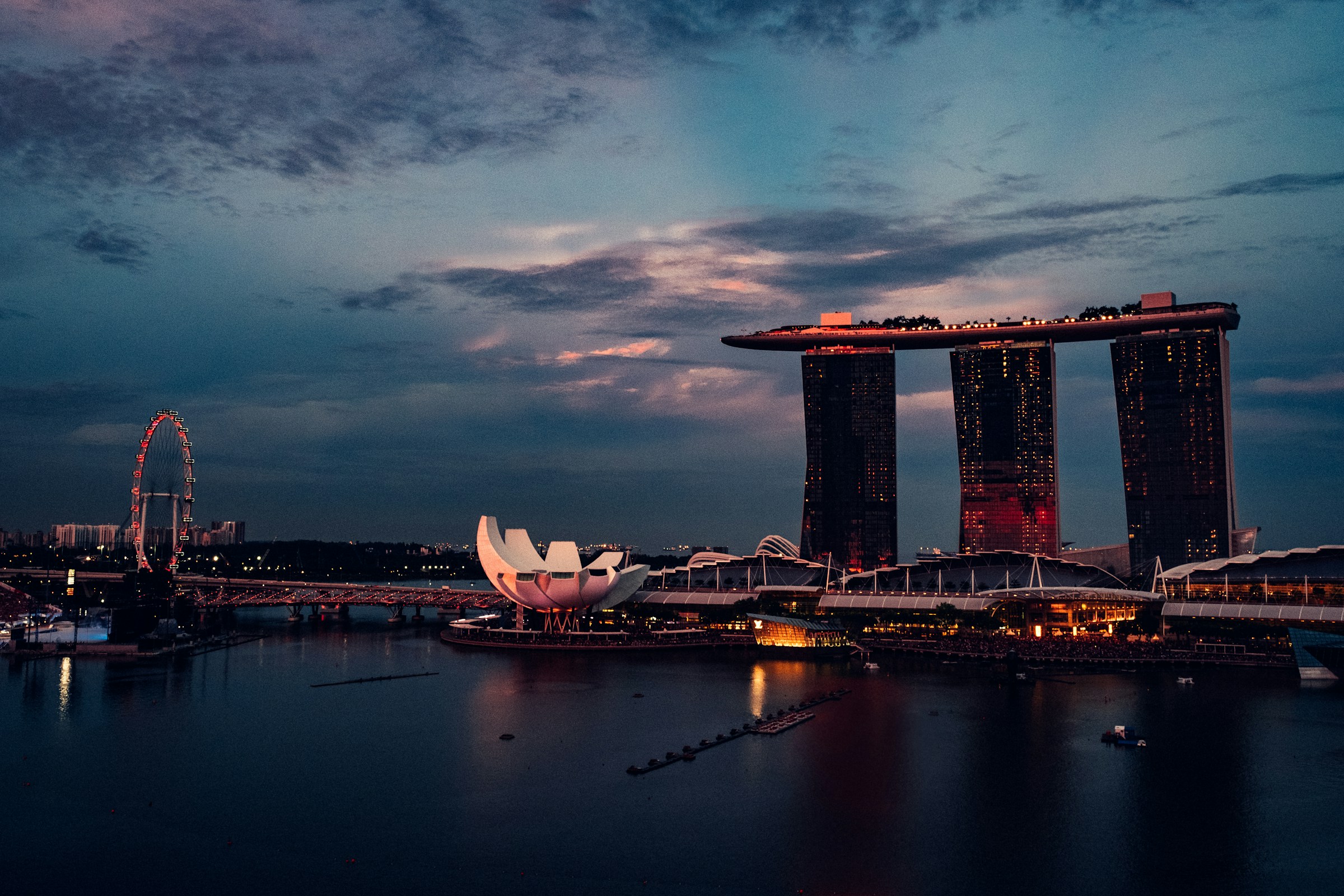Inflation finally took a step back. Core prices in Singapore rose 0.5 percent year on year in July, a notch below June and under market forecasts. Headline CPI printed 0.6 percent. These are small numbers, but they reset pricing power across consumer platforms that have spent two years normalizing higher fees and surcharges.
The composition matters. The cool-down came as retail and other goods eased, with electricity and gas inflation lower too. Services stayed contained. That blend explains why checkout prices on non-discretionary categories feel steadier while anything tied to energy costs stops creeping up. For operators, it is the difference between defending take rates with fuel or FX narratives and having to justify them on pure product value.
Policy is aligned with the softer print. In its July statement, the Monetary Authority of Singapore kept its full-year forecast bands for both core and headline inflation at 0.5 to 1.5 percent. The guidance is not a green light for aggressive price cuts. It is a signal that the disinflation path is credible, and that the exchange rate stance is already doing most of the work. If inflation drifts inside that band, platforms that leaned on cost-push stories to pass through fees will find less cover to keep doing so.
Zoom out to the operating model. When inflation is falling, growth teams lose an easy narrative for price hikes and service fees. The lever swings back to unit economics and real feature value. Free shipping thresholds, dynamic delivery fees, and surge pricing will attract more scrutiny because users can sense the macro turning. Expect promo cadence to tick up in off-peak windows while platforms test narrower, more targeted incentives that protect contribution margin. If you grew net revenue per order by pushing fees, the next leg has to come from improved conversion and attachment, not another add-on.
Ad markets feel it next. Retail media, ride-hailing ad slots, and food-delivery banners benefited from merchants willing to pay to keep up with inflationary list prices. That wallet behaves differently when price tags stop climbing. The CPM that looked fine against 5 percent inflation looks heavy against 1 percent. Performance marketers will push harder for measurable incrementality, so expect platforms to ship cleaner attribution, simpler creative templates, and fewer placements that cannibalize organic discovery.
Subscriptions face a reality check. Many platforms stacked “cost inflation” into last year’s price revisions for premium tiers and ad-free bundles. With core inflation near the floor, the justification for further increases weakens. Churn pressure rises unless premium adds real utility. The winning play is to embed tangible savings into the bundle, especially where lower energy costs and steadier retail prices translate into predictable benefits. Think grocery delivery with guaranteed inventory or mobility passes that trade surge risk for capped fares.
Payments and credit need a re-read. If inflation is less of a threat, installment plans and pay-later products lose a bit of narrative shine, since the opportunity cost of paying later drops. The angle that survives is convenience and budgeting, not arbitrage. Risk teams can tilt back toward acquisition, but only if cohorts repay without heavy servicing. In a low-inflation environment, the spread you earn must come from operational efficiency, not from macro tailwinds.
For logistics and cloud, the story is about cost resets trickling through contracts. Energy-linked inputs get repriced, which can open room to reinvest in reliability rather than passing through savings as discounts. If you are running last-mile fleets or GPU-heavy inference, renegotiate where you can. Then put the basis-point wins into faster SLAs and higher-quality supply, which supports retention without inflating headline price.
None of this happens in a vacuum. MAS has already eased policy this year to cushion growth risk from global trade frictions, which lowers the probability of a policy-induced squeeze on demand. That backdrop keeps consumer confidence from rolling over, which is exactly what operators need if they plan to swap fee-based revenue for volume-led growth.
Forward expectations have been drifting down too. Economists surveyed by MAS cut both growth and inflation forecasts earlier this year, and many still expect a cautious policy stance. That soft consensus is useful for planning. It says the base case is benign inflation with slower growth, not a sudden re-acceleration that would revalidate aggressive price rises. Build your FY26 models with that regime in mind.
So what should founders and operators actually do in this environment. First, clean up any pricing that was justified as temporary. Customers remember “temporary.” If it lingers after inflation cools, it reads as margin grab and hurts brand trust. Second, reallocate growth spend from blunt promos to surgical ones that defend profitability per order or per rider. Third, ship features that trade volatility for certainty. Capped fares, predictable delivery windows, and transparent service fees travel better when inflation is not the villain in the room.
Singapore’s core inflation rate cools in July. That line is more than a headline for the macro chart. It is a constraint on lazy pricing tactics and a nudge toward better product math. In a low-inflation regime, the platforms that win look less like fee machines and more like reliability engines. The app is not the problem. The model is what needs to evolve.














.jpg&w=3840&q=75)